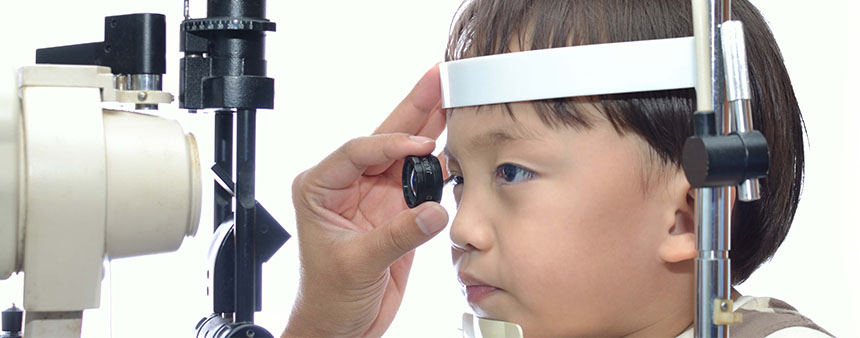Get rid of the eyeglasses in a matter of seconds

Is light sensitivity normal after eye surgery?
2019-04-14If you are experiencing visual impairment or refractive errors, you may experience glasses or contact lenses. Although eye glasses can be considered as the first treatment option, they cannot resolve vision problems unfortunately. In fact, glasses or medical lenses are temporarily able to correct refractive errors in the eye. Despite the benefits of eye glasses, continuous use of them can have many disadvantages. Some of these disadvantages include:
- The use of glasses affects the lifestyle of the individual and in many cases will have several limitations. For example, the person is left out of many recreational and sports excursions.
- Continuous use of the glasses can weaken the eyes of the muscles, causing inefficiency and changes in the function of the eye muscles. As a result, as time passes and the eyes are diminished, changing the number of eye glasses should be replaced frequently.
- Eye glasses are relatively expensive. You will have to pay a significant amount each time you switch and buy new glasses.
Today, with the advancement of science in the field of ophthalmology, we are witnessing the development and development of new methods of laser eye surgery that are capable of treating refractive errors of the eye permanently and can be a very suitable alternative to the use of eye glasses. Also, with the advancement of technology used in eye surgery, laser eye surgery is much more reliable and less risky than before.
Refined TransPRK action is the latest type of eye surgery that was first developed by Dr. Adib Moghaddam. Refined TransPRK is a more advanced and improved TRP technique. In fact, in this method, the laser beam is adjusted for each patient individually, based on statistical and optical parameters.
How to do Refined TransPRK
Based on the latest research and scientific findings in the Refined TransPRK, the patient’s demographic characteristics (such as age and sex) and the patient’s optic characteristics (such as refractive errors, refractive errors, corneal thickness, etc.) are used to treat each patient. They are considered as the main parameters for laser radiation regulation, and treatment for each patient is designed. From each eye, there are 8 to 10 consecutive scans, and the surgeon uses the most accurate scan to adjust the eyesight. Laser radiation is performed only once, and the epithelial layer and cornea stroma are in a single laser stage. Then, an anesthetic drop was first used to perform the procedure, and the eyes were washed with a balanced saline solution. In this practice, there is no need to use alcohol and do not cut, and cleansing is done entirely using an excimer laser.
Advantage of Refined TransPRK compared to others
One of the remarkable differences in the performance of Refined TransPRK with other methods is different postoperative outcomes. As a result of Refined TransPRK, night vision and daytime vision quality increases, and supra vision or pilotage vision is seen in 99% of patients. The pilot’s vision means the 10/11 vision is up. 33% of the patients find transplantation 15.15 or more than 10.10 after the TRP reprint.
Reference:
https://www.healthlinkbc.ca/health-topics/hw122589
http://www.eye-tech-solutions.com/en/home/treat/schwind-amaris-models/schwind-amarisr-750s/
http://www.eye-tech-solutions.com/fileadmin/Congresses/Booth_Sessions/SCHWIND_booth_lecture_final.pdf
http://research.omicsgroup.org/index.php/Transepithelial_photorefractive_keratectom




